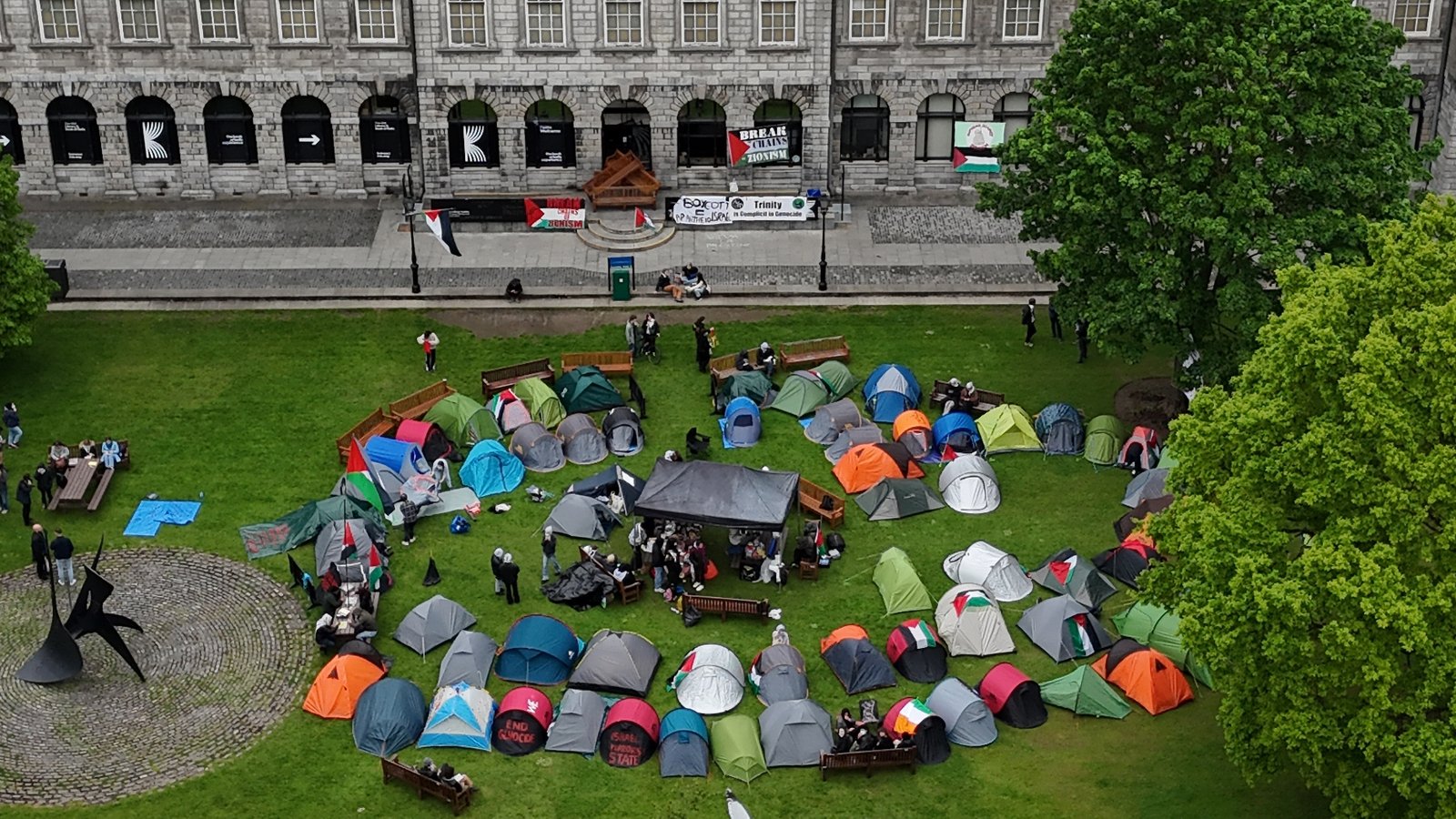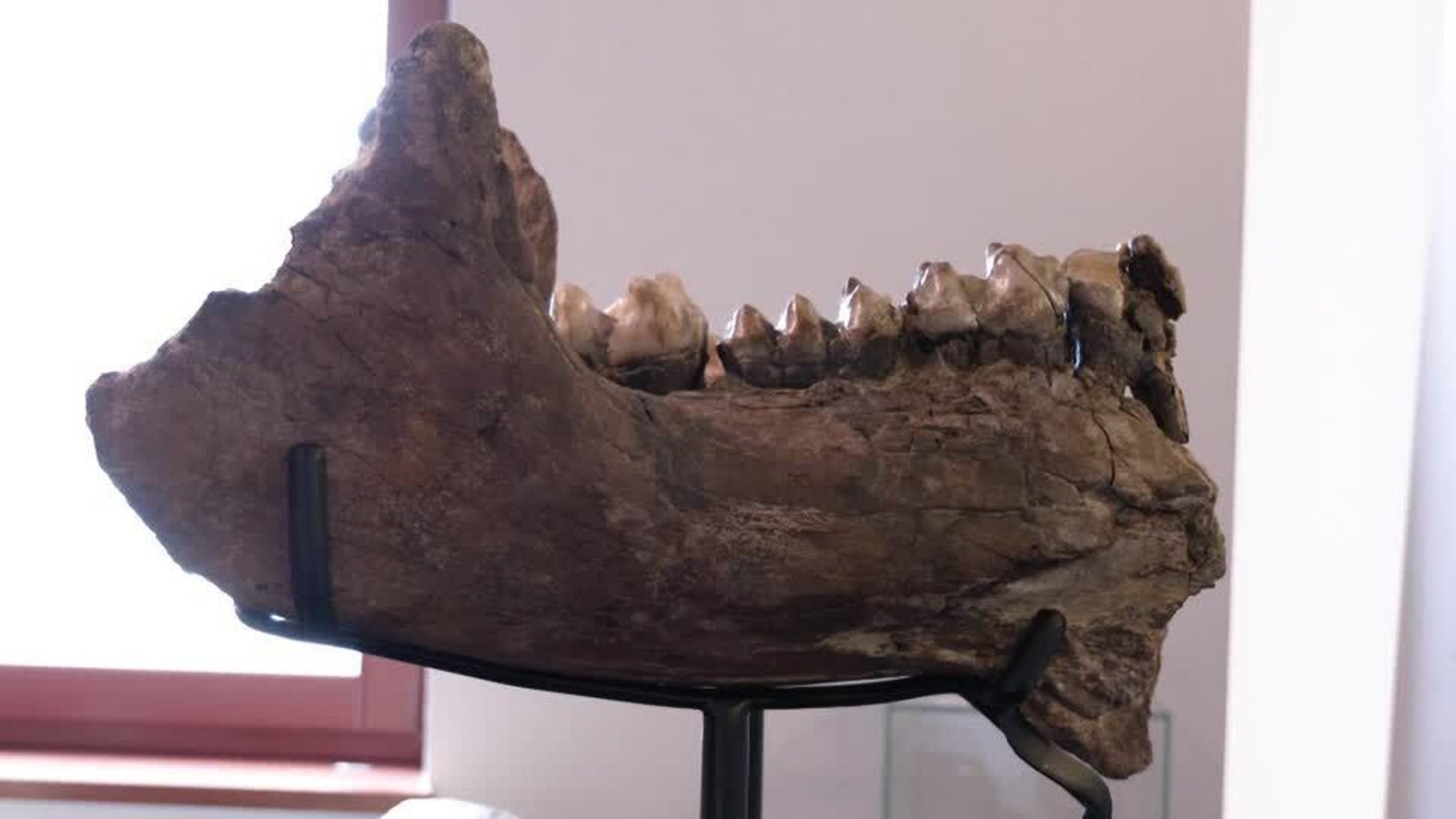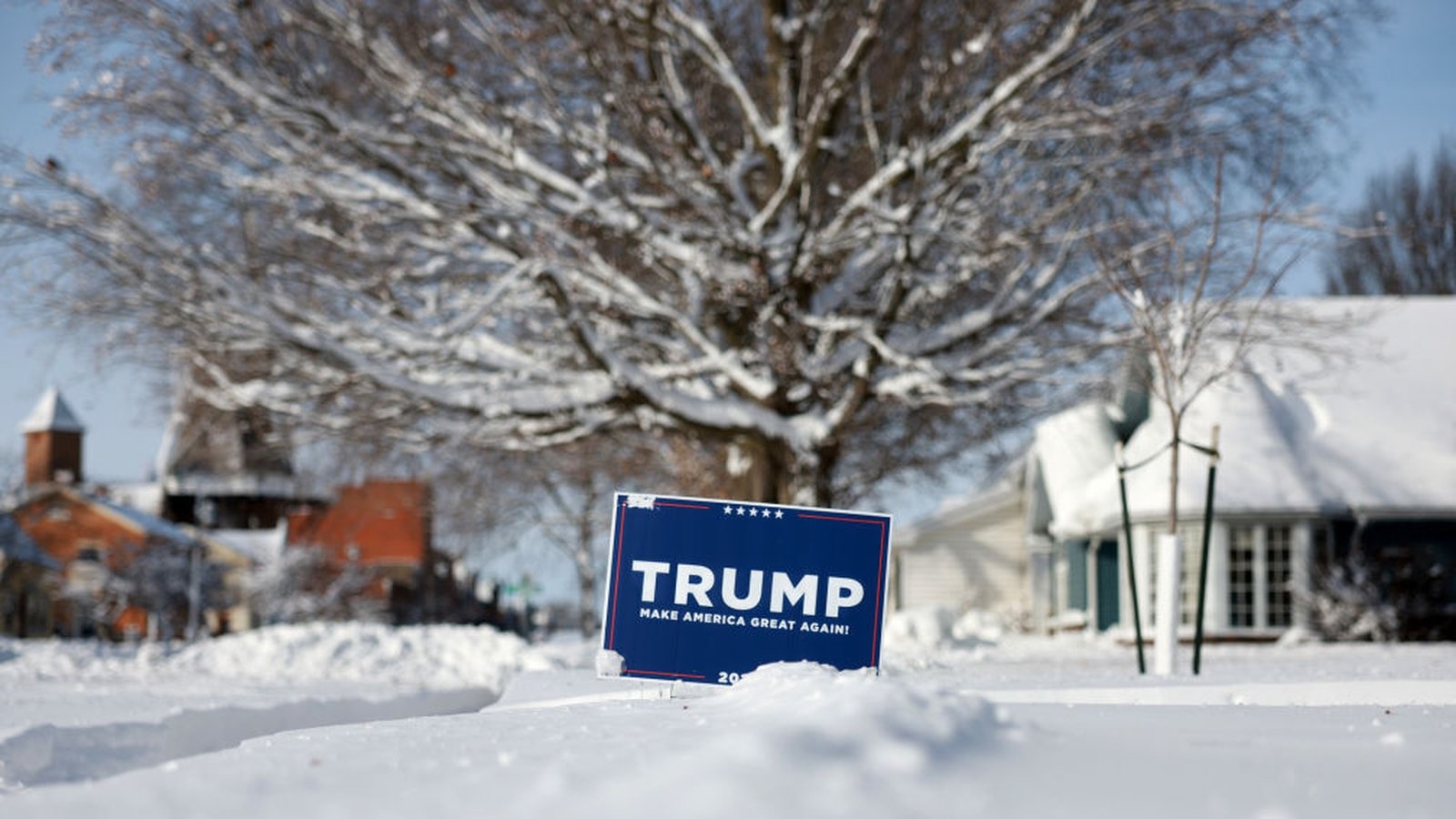What exactly is the two-state solution?
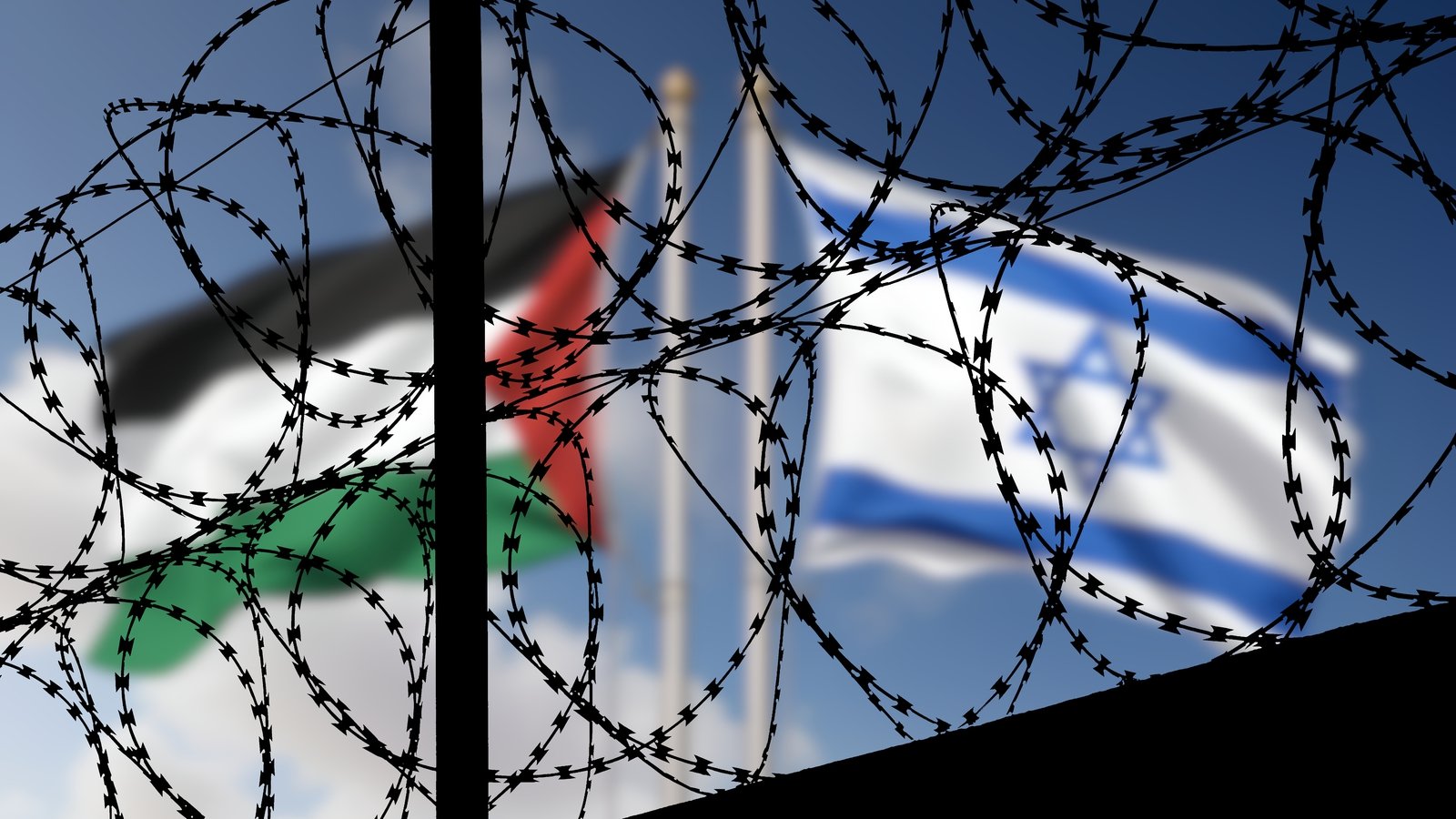
Depending on who you ask, the two-state solution to the Israeli–Palestinian conflict is either a pipe dream, or the only viable way forward.
In his State of the Union address on Thursday, US President Joe Biden said it was “the only real solution”.
Similar pronouncements have been made by the likes of French President Emmanuel Macron as well as the leaders of Australia, Canada, the EU and even China.
But, just before he finished his second term in office, Mr Biden’s predecessor, Barack Obama, described the prospect of reaching such a solution as “almost impossible”.
Martin Indyk, Mr Obama’s former US Special Envoy for Middle East Peace, wrote last month that, only recently, the two-state solution had been “derided as hopelessly naive”.
Before we get to why that’s the case, let’s take a step back: what actually is the two-state solution?
At its core, and whatever its origins, the Israeli-Palestinian conflict is a modern territorial dispute – two nations, one land.
So, on one level, the idea behind the two-state solution is pretty simple – it would see the creation of a Palestinian state alongside Israel.
Israelis and Palestinians would live alongside one another in their own sovereign countries, controlling their own affairs.
Two states. The two-state solution.
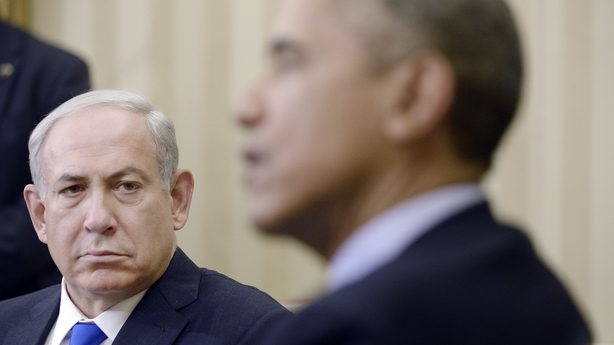
The problem is that, while the Israelis and Palestinians have come relatively close to agreeing on such a solution over the years, there is no longer much agreement about what it would actually mean.
The last major push for a two-state solution came when Mr Obama was US president.
But, after years of trying to broker some kind of resolution between the two parties, he ultimately left office believing that the likelihood of doing so was infinitesimal.
One thing that made him particularly hopeless was the the building of illegal Israeli settlements in the Occupied West Bank.
Those illegal settlements in Palestinian territory are the first major problem.
How can Palestinians establish their own state if Israel has illegally built towns, villages and even cities in much of their territory?
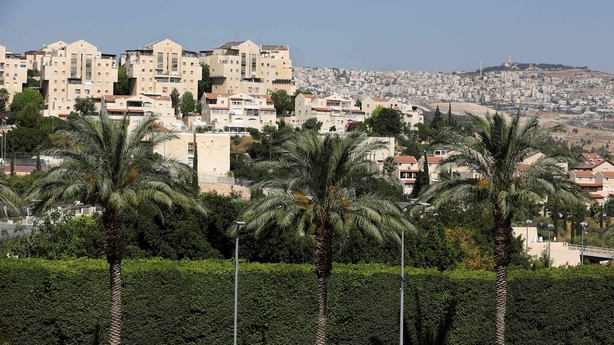
Israel has rapidly increased the pace at which it’s building those settlements in the past year or so, since Prime Minister Benjamin Netanyahu returned to power at the helm of a far-right and ultranationalist government.
Just on Friday, the UN said that Israeli settlements in the West Bank had expanded by a record amount in the 12 months to the end of October.
Some 24,300 new Israeli housing units were built there during that period, the highest on record since the UN began monitoring the situation in 2017.
For obvious reasons, that ultranationalist government is the second major obstacle.
The ultranationalists staunchly oppose Palestinian statehood, believe the West Bank should be annexed by Israel altogether, and they would never support the dismantling of Israeli settlements there.
Their rise in Israeli politics makes the prospect of a two-state solution in the near future hard to fathom.
There are also problems, and divisions, on the Palestinian side.
Hamas’ 1988 covenant said that “Israel will exist and will continue to exist until Islam will obliterate it”.
And though the 2017 Hamas charter tentatively accepts the idea of a Palestinian state within the parameters of the solution, it also says it would refuse to recognise an Israeli state.

Hamas also does not see eye to eye with the Palestinian Authority, which controls the Occupied West Bank.
Younger Palestinians, in particular, have lost faith in the authority’s attempts to end the conflict with negotiations and diplomacy.
But even if you were to sweep those problems aside, there are four key areas of contention that have served as roadblocks to reaching agreement over the decades.
The first one relates to borders. Neither side has been able to agree about where to draw the lines between Israel and Palestine.
Most people argue that there should be a return to the borders that existed before 1967, when Israel first occupied Gaza and the West Bank.
But there is also the notion of land swaps to consider. Israel could keep some of its settlements in exchange for other land it would provide to Palestinians.
The second roadblock is Jerusalem. Both sides claim the Holy City as their capital.
For Muslims, it’s home to the Al-Aqsa Mosque compound, where the prophet Muhammad is thought to have ascended to heaven.
And it is the holiest city in Judaism, and given special status in Jewish religious law. Israel currently controls the entire city, but the two-state solution would likely involve dividing it into an Israeli West and a Palestinian East. Again, it’s not easy to draw the line.
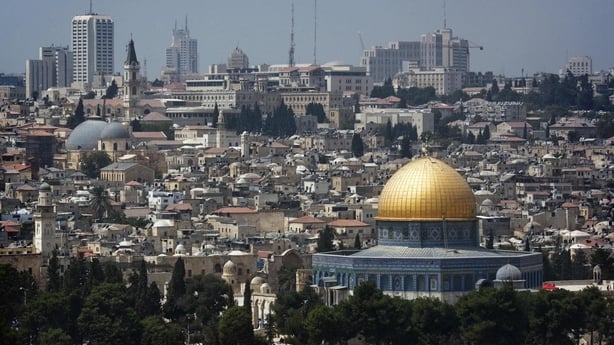
The third roadblock is the right of return.
Over 700,000 Palestinians were expelled from their homes or fled in terror when the Israeli state was established in 1948, in what’s known as the Nakba, or catastrophe.
Many of their descendants, which now number in the millions, believe they have the right to return to their homes in Israeli territory. That would be a problem for Israel, which wants to maintain a Jewish demographic majority.
The final hurdle is about security. The Palestinians want the Israeli military to withdraw from their territory entirely. But, in the wake of the Hamas massacre on 7 October, it’s even harder to imagine Israel agreeing to do so.
So why is the two-state solution being considered again, given these profound hurdles?
On one level, it genuinely is because it is probably the best solution there is.
On another level, the events of 7 October have shattered the illusion that many Israelis had about the previous status quo.
Many had hoped that the Israeli occupation could continue indefinitely – that Israelis could live in peace without ever having to recognise a Palestinian state.
Even then, so many Israelis will be reluctant, to put it lightly, to support such a recognition in the short to medium term, believing that doing so would almost reward Hamas’ actions.
But the likes of Mr Biden and Mr Macron are likely banking on the possibility that more moderate leaders will come into power in Israel in the next few years.
The next parliamentary elections are scheduled for 2026 at the latest.
The make-up of the 26th Knesset could very well decide whether the two-state solution is back on the table.

